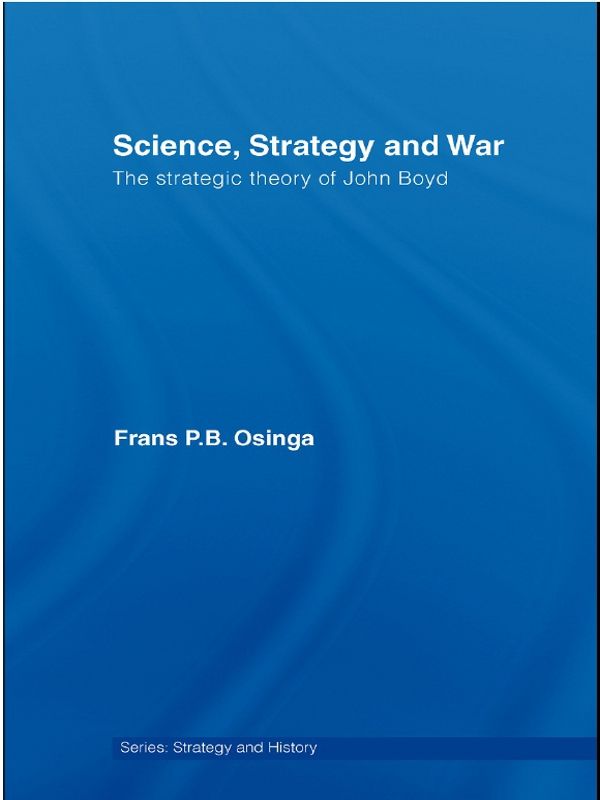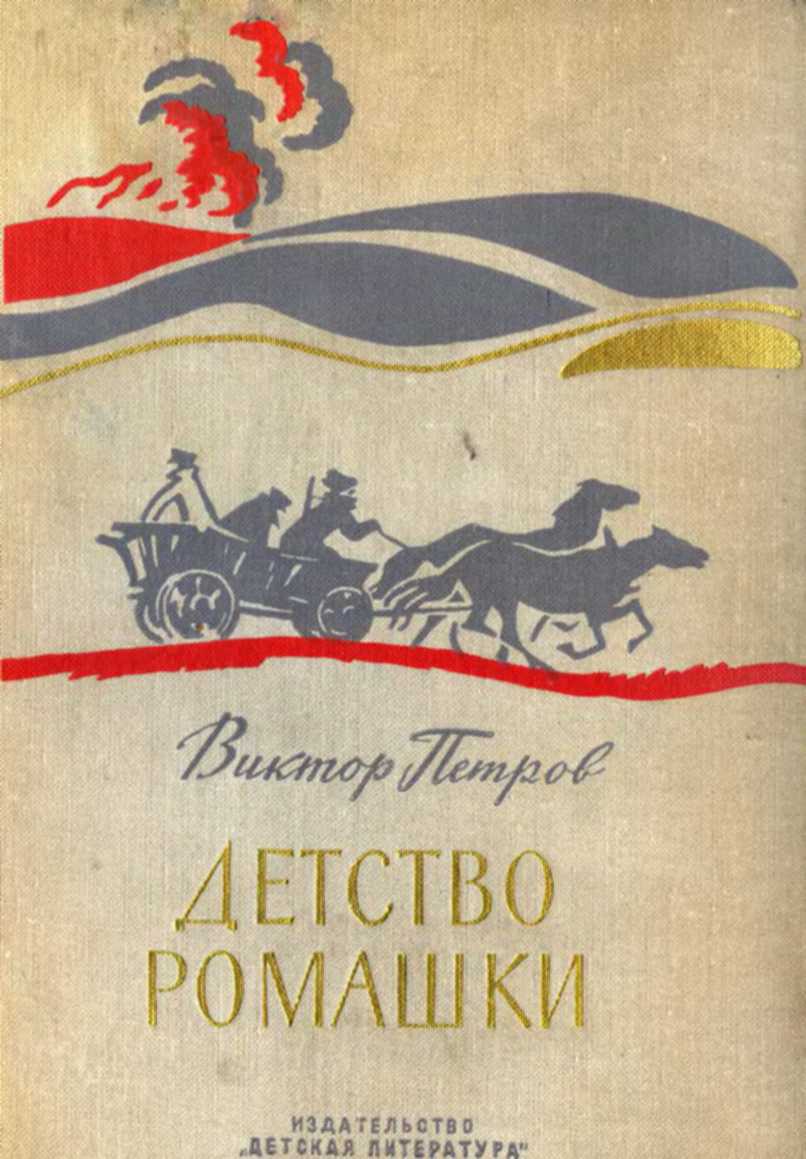Politics and National Security, Washington, D.C.: National Defense University Press, 1998, Chapter 9.
111 Ibid., preface, p. 2.
112 See General Donn A. Starry, ‘Tactical Evolution – FM 100–5’, Military Review, August 1978, pp. 2–11, for an account by one of the leading senior officers of this reorientation process.
113 Richard Lock-Pullan, ‘ “An Inward Looking Time”: The United States Army, 1973–1976’, The Journal of Military History, 67, April 2003, p. 485.
114 Ibid., pp. 486–90. See for a contemporary feeling of the mood, for instance Major Marc B. Powe, ‘The US Army After The Fall of Vietnam’, Military Review, February 1976, pp. 3–17.
115 See for instance William (Bill) Lind, ‘Some Doctrinal Questions for the United States Army’, Military Review, March 1977, pp. 54–65; Archer Jones, ‘The New FM 100–5: A View From the Ivory Tower’, Military Review, February 1977, pp. 27–36; Major John M. Oseth, ‘FM 100–5 Revisited: A Need for Better “Foundations Concepts”?’, Military Review, March 1980, pp. 13–19; Lieutenant Colonel Huba Wass de Czege and Lieutenant Colonel L.D. Holder, ‘The New FM 100–5’, Military Review, July 1982, pp. 24–35.
116 Conrad C. Crane, Avoiding Vietnam: The US Army’s Response to Defeat in Southeast Asia, US Army Carlisle Barracks: Strategic Studies Institute, September 2002, pp. v, 4. Donn Starry too saw this as one of the merits of the 1976 version of FM 100–5.
117 Captain Anthony Coroalles, ‘Maneuver to Win: A Realistic Alternative’, Military Review, September 1981, p. 35.
118 Ibid. Coroalles for instance refers to an article in The Marine Corps Gazette of December 1979 titled ‘Winning Through Maneuver’ by Captain Miller.
119 See, for instance, Colonel Wayne A. Downing, ‘Firepower, Attrition, Maneuver, US Army Doctrine: A Challenge for the 1980s and Beyond’, Military Review, January 1981, pp. 64–73; Roger Beaumont, ‘On the Wehrmacht Mystique’, Military Review, January 1981, pp. 44–56; Archer Jones, ‘FM 100–5: A view from the Ivory Tower’, Military Review, May 1984, pp. 17–22; Major General John Woodmansee, ‘Blitzkrieg and the AirLand Battle’, Military Review, August 1984, pp. 21–39; Colonel Huba Wass de Czege, ‘How to Change an Army’, Military Review, November 1984, pp. 32–49; Captain Antulio J. Echevarria II, ‘Auftragstaktik: in its Proper Perspective’, Military Review, October 1986, pp. 50–6; Daniel Hughes, ‘Abuses of German Military History’, Military Review, December 1986, pp. 66–76; Major General Edward Atkeson, ‘The Operational Level of War’, Military Review, March 1987, pp. 28–36.
120 Coroalles, op. cit., pp. 37–8. See for reference to Boyd and the OODA loop in the development of US Army doctrine also Naveh, op. cit., pp. 256–62, 297, 301.
121 Ibid., p. 38.
122 Good short descriptions are provided by Hallion, op. cit., pp. 72–82; Lambeth, op. cit., pp. 83–91; and Richard M. Swain, ‘Filling the Void: The Operational Art and the US Army’, in B.J.C. McKercher and Michael A. Hennessy, The Operational Art, Developments in the Theories of War, Westport: Preager, 1996. For a very detailed account see Naveh, op. cit., Chapters 7 and 8.
123 Lambeth, op. cit., p. 91; and General William Richardson, ‘FM 100–5, The AirLand Battle in 1986’, Military Review, March 1986, pp. 4–11 (Richardson was the commander of the organization responsible for the publication of the new doctrine).
124 Naveh, op. cit., pp. 252–6.
125 Burton, op. cit., pp. 43–4.
126 Ibid., p. 51.
127 Department of Defense, Field Manual 100–5, Operations, Washington, D.C.: Department of the Army, 1982, Section 2–1. Boyd, however, never accepted the principle of synchronization.
128 Hallion, op. cit., pp. 77–8.
129 Naveh, op. cit., p. 252.
130 Steven Metz, ‘The Next Twist of the RMA’, Parameters, Autumn 2000, p. 40.
131 Burton, op. cit., p. 44.
3 Science: Boyd’s fountain
1 Grant T. Hammond, The Mind of War, John Boyd and American Security, Washington, D.C.: Smithsonian Institution Press, 2001, p. 118.
2 Robert Coram, Boyd, The Fighter Pilot Who Changed the Art of War, Boston: Little Brown & Company, 2002, p. 271.
3 Hammond, Burton and Corum make frequent references to Boyd’s obsessive study and his frequent late-night phone calls. See for instance Coram, op. cit., pp. 319–20 and Hammond, op. cit., pp. 180–6, and James Burton, The Pentagon Wars: Reformers Challenge the Old Guard, Annapolis, MD: Naval Institute Press, 1993, p. 44.
4 Peter Faber, in John Olson, Asymmetric Warfare, Oslo: Royal Norwegian Air Force Academy Press, 2002, p. 58.
5 Peter Watson, A Terrible Beauty, The People and Ideas that Shaped the Modern Mind, London: Phoenix Press, 2000, Chapter 33.
6 Francis Fukuyama, The Great Disruption, Human Nature and the Reconstitution of Social Order, New York: The Free Press, 1999. See also Eric Hobsbawm, The Age of Extremes, A History of the World, 1914–1991, New York, Vintage Books, 1994, Chapter 14 in particular.
7 Watson, op. cit., pp. 595–6.
8 His list of personal papers includes, for instance, Donella Meadows et al., The Limits to Growth: A Report to the Club of Rome’s Report on the Predicament of Mankind, New York: Signet, 1972; as well as Mihajlo Mesarovic and Eduard Pestel, Mankind at the Turning Point: The Second Report to the Club of Rome, New York: E.P. Dutton & Co., 1974; and Jan Tinbergen, Rio: Reshaping the International Order: A Report to the Club of Rome, New York: Signet, 1977.
9 Robert Heilbroner, An Inquiry into The Human Prospect, New York: W.W. Norton & Company, 1974, p. 13. Heilbroner also touches upon the Rome Report. Jeremy Rifkin’s work, Entropy, A New World View, New York: The Viking Press, 1980, is another book in this vein and also appears in Boyd’s list of personal papers. This book popularized Nicholas Georgescu-Roegen’s book The Entropy Laws and the Economic Process, Cambridge, MA: Harvard University Press, 1971, a book central to Boyd’s essay.
10 This influence should not be underestimated. Robert Persig’s book was a bestseller in Boyd’s time and a manifestation of the sense of crisis of the rational (western) mode of thinking. The character, Phaedrus,





